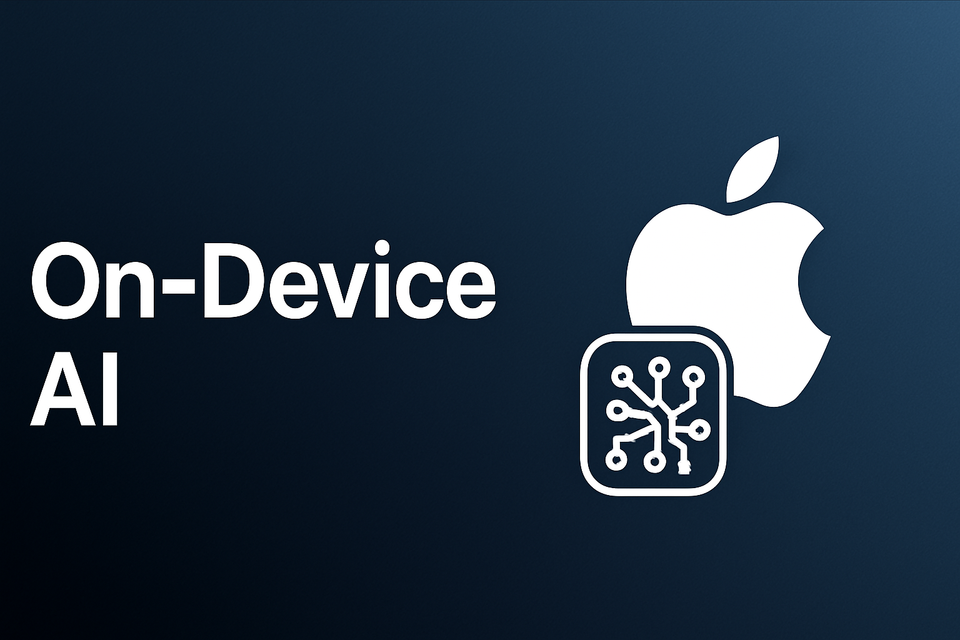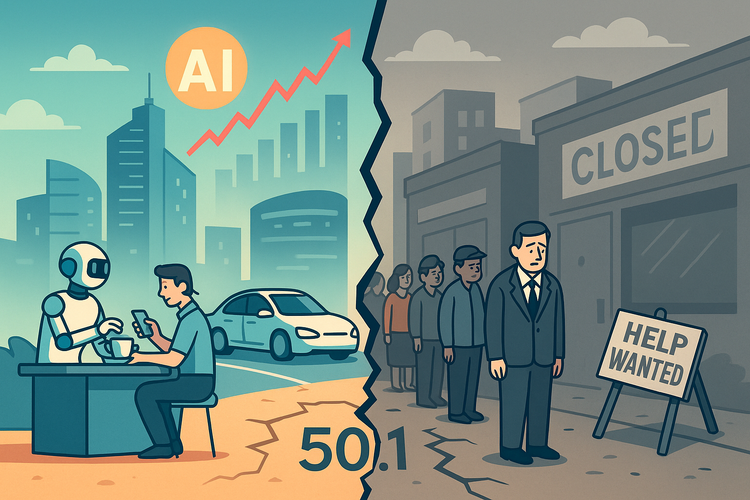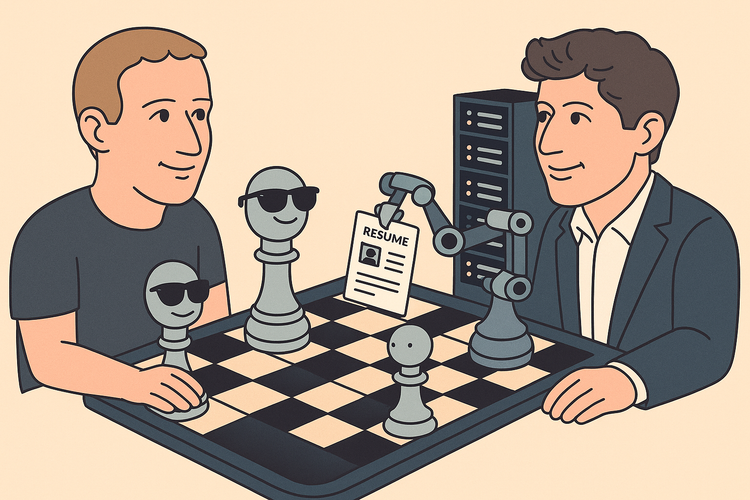Why Apple Is Going All-In on On-Device AI in 2025

Summary
Apple is shifting its AI strategy toward privacy-first, on-device intelligence. From A18 chips to ChatGPT partnerships, the company is redefining mobile AI. HThese changes hint at a major evolution in how iPhones handle intelligence and privacy.
Introduction: The Privacy Pivot
At WWDC 2025, Apple officially joined the generative AI race—but not by copying competitors. Instead of launching massive cloud-based models like OpenAI or Google, Apple introduced a privacy-first alternative: on-device AI, branded as Apple Intelligence. With features running locally on the new A18 chip and cloud fallback through its own encrypted infrastructure, Apple has declared a new approach to personal AI .
So what’s pushing Apple in this direction—and will it work?
Trend Breakdown
Apple Intelligence: What It Includes
| Feature | Details |
|---|---|
| Visual Intelligence | Image analysis from screenshots, camera, or UI |
| Genmoji / Image Playground | On-device image + emoji generation with optional ChatGPT styles |
| Siri (in progress) | Natural language upgrades, contextual awareness (delayed to 2026) |
| Live Translation | Real-time audio and text translation across calls and messages |
| Foundation Models | Developers can access LLMs with just 3 lines of code—no cloud fee |
Notably: ChatGPT is integrated, but off by default. Apple won’t share data unless users opt in .
Why On-Device?
Apple’s A18 Pro chip supports 35 trillion ops/sec on its 16-core Neural Engine . This power enables models to run locally—without relying on the cloud. The goal: minimal latency, maximum privacy.
| Spec | A18 Pro | A17 Pro |
| Neural Engine | 35 TOPS | 18 TOPS |
| RAM | 8GB | 6GB |
| Power Use | -20% vs A17 | — |
| Privacy | On-device + Private Cloud | Partial cloud only |
The performance leap is even more striking when visualized across iPhone generations:

Apple also introduced Private Cloud Compute, a secure fallback system that encrypts and deletes all data after use . Independent experts can audit the code. Apple itself cannot access user prompts .
Apple vs. Google vs. Microsoft
| Company | AI Type | Infra | Strength | Weakness |
| Apple | On-device | iPhone + Private Cloud | Privacy, UX, Battery | Model size limit |
| Cloud-based | Gemini + Pixel | Speed, open dev | Privacy perception | |
| Microsoft | Enterprise cloud | Copilot + Azure | Office integration | Consumer lock-in |
Why It Matters
1. Consumers Don’t Trust the Cloud
According to recent surveys:
- 71% of GenAI users regret entering personal data
- 84% fear data leaks
- 59% say they prefer on-device AI if privacy is guaranteed
Apple is capitalizing on this trust gap.
2. Hardware Becomes the AI Moat
Apple makes 75%+ of its revenue from hardware . On-device AI gives users a reason to upgrade iPhones again, especially when older devices can’t run the new models.
3. Developers Get a New Playground
With free local LLMs, Apple is giving developers an alternative to costly API calls . This could drive an App Store AI renaissance, echoing the early 2010s boom.
4. ChatGPT Integration—But on Apple’s Terms
Apple is using OpenAI, but it’s not building on it. Users get ChatGPT only when enabled, and Apple doesn’t pay OpenAI—it pays in exposure .
Takeaways
- Apple is differentiating by embedding AI into silicon—not just software.
- Its strategy is shaped by privacy regulation, trust erosion, and chip innovation.
- If it works, Apple could control the next decade of consumer AI UX.
Sources
- WWDC 2025 Recap – Apple Newsroom: https://www.apple.com/newsroom/2025/06/wwdc-2025-recap/
- 9to5Mac – Apple Intelligence Features Explained: https://9to5mac.com/2025/06/10/apple-intelligence-wwdc/
- Bloomberg – Siri Overhaul Delayed to 2026: https://www.bloomberg.com/news/articles/2025-06-10/apple-delays-major-siri-upgrades-to-2026
- Apple Developer Site – Foundation Model Framework: https://developer.apple.com/apple-intelligence/
- TechCrunch – Apple’s ChatGPT Integration Details: https://techcrunch.com/2025/06/10/apple-chatgpt-integration/
- MacRumors – A18 Bionic Chip Benchmarks: https://www.macrumors.com/2025/06/10/a18-bionic-chip-performance/
- Apple Newsroom – Private Cloud Compute Security Overview: https://www.apple.com/newsroom/2025/06/private-cloud-compute-security/
- Pew Research – GenAI and Privacy Survey 2025: https://www.pewresearch.org/internet/2025/05/27/genai-privacy-perceptions/
- Statista – User Trust in AI Delivery Models: https://www.statista.com/statistics/ai-privacy-preference-2025/
- Apple Q1 2025 Earnings Report – SEC Filing: https://www.sec.gov/ix?doc=/Archives/edgar/data/apple-earnings-q1-2025.htm
- WSJ – Apple’s Deal with OpenAI Explained: https://www.wsj.com/tech/apple-openai-deal-analysis-2025



